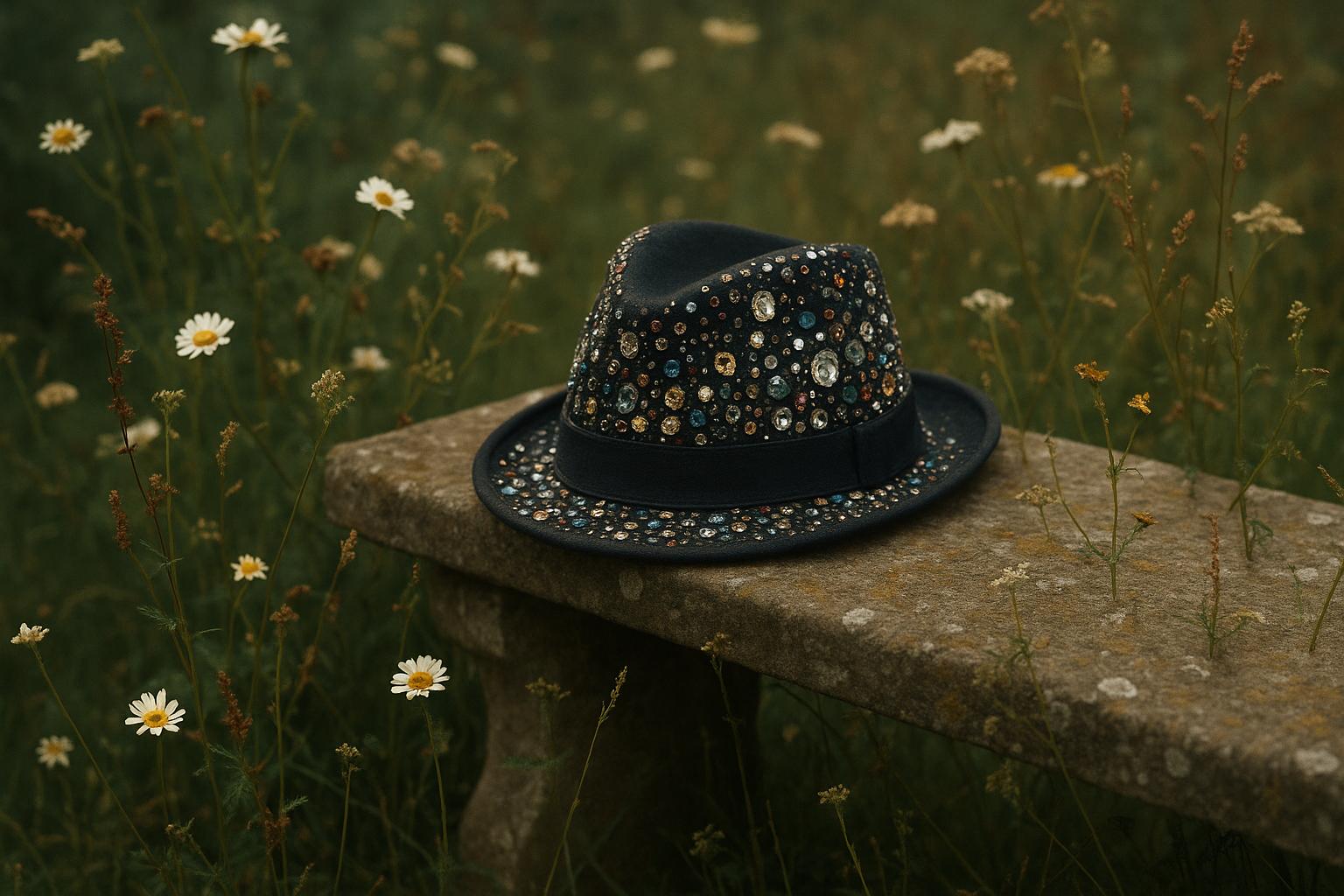Burberry marked a grand conclusion to London Fashion Week by staging its spring/summer 2026 show in Perks Field, the private garden of the Prince and Princess of Wales at Kensington Palace. The show drew an impressive array of stars, with Sir Elton John making a rare appearance as the guest of honour, paired strikingly with a red Burberry scarf over his black coat. Among the high-profile attendees were supermodel Naomi Campbell, who dazzled in a green velvet trouser suit, alongside other British cultural icons such as Twiggy, Alexa Chung, and Jude Law’s daughter Iris. The event also attracted a spectrum of celebrities from acting, music, and sport, including Rosie Huntington-Whiteley, Bridgerton’s Jonathan Bailey, Jennifer Saunders, Joanna Lumley, tennis star Jack Draper, and former footballer Ian Wright. The gathering reflected Burberry’s sustained cultural relevance and appeal within fashion and beyond.
The collection itself fused British heritage with contemporary music festival culture, presenting designs that would resonate well with fans of iconic festivals like Reading or Glastonbury. Under creative director Daniel Lee, Burberry’s latest line showcased an eclectic mix of outerwear—ranging from glossy raincoats and oversized wax cotton parkas to silk bomber jackets—all while embracing a distinctly British weather-ready ethos. The catwalk also featured reinterpretations of classic Burberry staples such as trench coats in varied textures and bold patterns including turquoise leather and snake print. Festival-inspired pieces like crocheted bralettes, mini shift dresses, and sturdy leather boots completed the look, blending bohemian and mod influences with a rock-and-roll vibe underlined by a Black Sabbath soundtrack at the show. Elements such as chainmail fabric, tarot card prints, and vivid acid tones conveyed a daring, modern twist on heritage styles, reinforcing a strong connection between fashion and British music culture.
Despite this vibrant showcase, Burberry has been navigating a challenging financial backdrop. Earlier in the year, the company announced plans to cut approximately 1,700 jobs—about 20% of its global workforce—with a significant focus on office roles and factory operations, particularly at its Castleford trench coat factory in West Yorkshire where the night shift is being eliminated. This move is part of a broader strategic turnaround led by CEO Joshua Schulman, who took the helm last year and has refocused the brand on its British roots and signature products like trench coats and scarves. The job cuts come in the wake of a £66 million loss reported in the last financial year and aim to achieve £60 million in cost savings by 2027. Although these measures reflect a difficult phase for the company, Burberry’s share price has bounced back strongly, doubling since May and valuing the company at around £4.5 billion.
Burberry’s strategy hinges on leveraging its British heritage, which it has amplify through highly visible campaigns featuring beloved British celebrities and culturally resonant references. This approach appears to be paying dividends despite its recent setbacks, as the company has successfully repackaged an idealised, sanitised version of the British festival experience for a global luxury audience. The success of this strategy was underlined by the positive reception of the London Fashion Week finale, which not only celebrated heritage but also embraced fresh, youthful, and festival-ready aesthetics.
The show and the company’s repositioning efforts also come during the first London Fashion Week led by Laura Weir, the new chief executive of the British Fashion Council, who oversaw a week where other notable designers like Simone Rocha, Erdem, Roksanda, and Richard Quinn also presented new collections. This period reflects a vibrant moment for British fashion, balancing tradition and innovation as the industry looks to maintain global prominence amid economic and market pressures.
📌 Reference Map:
- Paragraph 1 – [1]
- Paragraph 2 – [1], [2]
- Paragraph 3 – [1], [3], [4], [5], [6]
- Paragraph 4 – [1], [3], [5]
Source: Noah Wire Services
